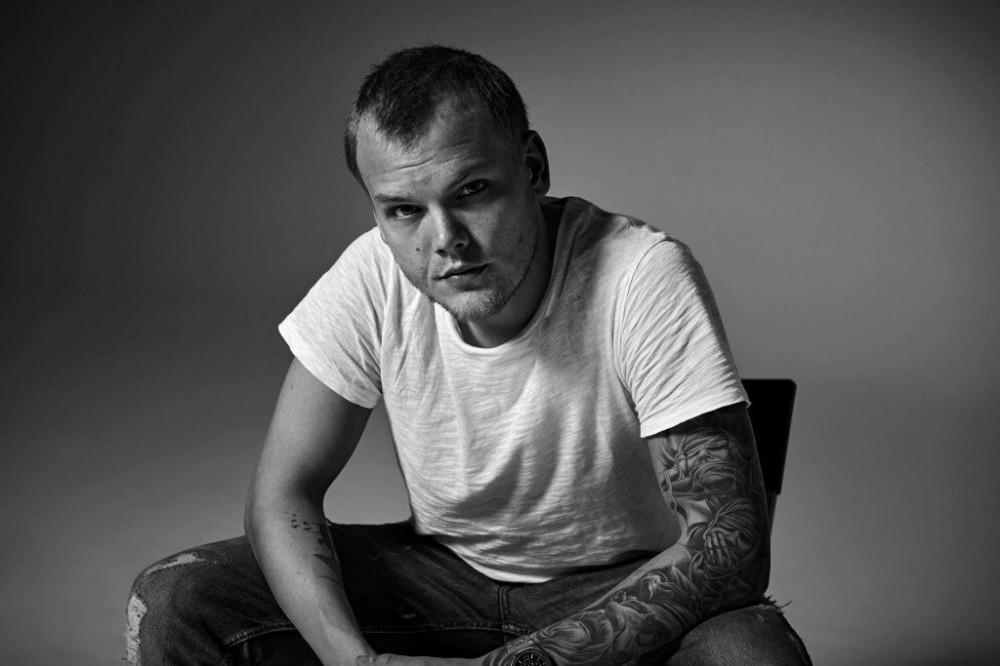
It’s a big day for Avicii’s family and collaborators, as his posthumous album TIM is finally released. Featuring 10 never before heard tracks, not including the two singles already released from the album, TIM is an unfettered insight into the musical mind Avicii before his death last year.
Ahead the album release, SPIN got in touch with many his collaborators and contemporaries to speak to them about their time with Avicii, real name Tim Bergling.
“The studio was as much a burnout for him as touring. I think the narrative may not be correct in that it was all touring that took him down,” said Geffen Records President Neil Jacobson. “If we didn’t have an end time for him, he would stay in the studio for 15 or 16 hours.”
“When we met him, we could instantly tell that this was one those mad geniuses,” said close friend Carl Falk. “I’ve only met a couple people like Tim, who had this twisted way making music in a way few people can understand.”
“One thing I really admired about Tim was that he was never one to go, ‘I guess that’s good enough. Let’s move on.’ We had to find what we were searching for,” said British singer/songwriter Joe Janiak Bergling’s process. “And because he was a perfectionist, maybe six hours after he finished something, he’d be like, ‘Actually, I’m not sure.’ Then eventually it was like, ‘Oh wait, no, that was right.’”
Imagine Dragons’ Dan Reynolds discussed Bergling’s drive in a previously unreleased interview, “He knew what he wanted to hear. I remember singing melody after melody, like, ‘na na na na!’ and he would be like, ‘Hmm.’ Then I sang the melody that became ‘Heart Upon My Sleeve’ and his eyes lit up. He was like, ‘Yes!’”
Recalls “Wake Me Up” vocalist Aloe Blacc, “When we performed at Ultra, it was just awkward. I don’t think even the sound people knew what they were doing. Everybody else at the festival had air cannons and pyro and half-naked girls dancing onstage. Then here comes Tim with drums, banjo, fiddle, guitar and three singers.”
The SPIN piece goes deeper into the motivations behind Bergling’s drive to produce, as well as the interactions his collaborators had with him before his death and with each other thereafter. Read it all here.
Photo: Sean Eriksson
